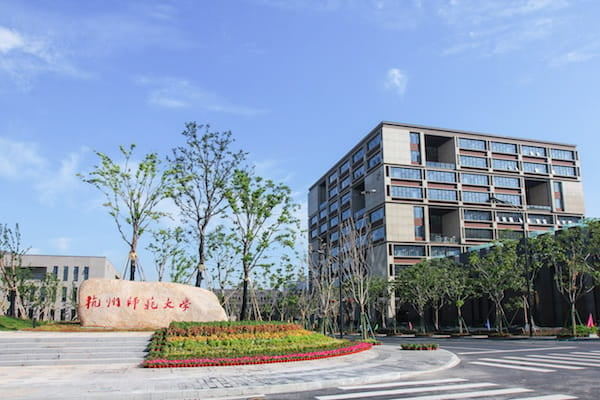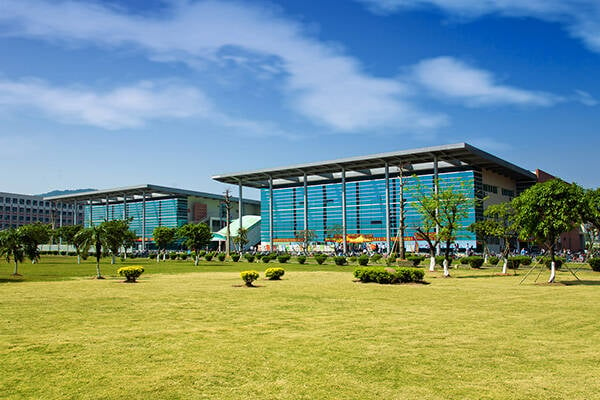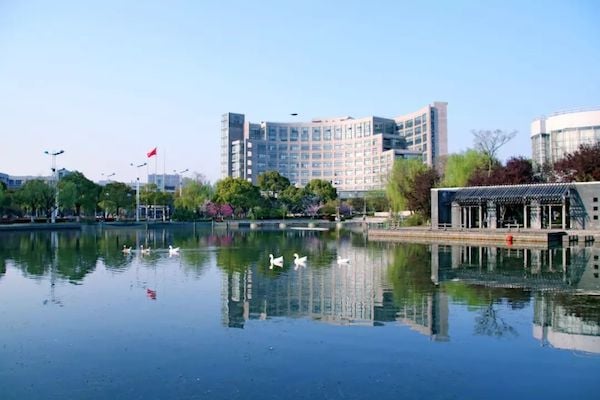Lanzhou University
 |
 |
 |
 |
Introduction to Lanzhou University
Lanzhou University (兰州大学, website) was founded in 1909. Its predecessor was the Gansu Law and Politics School established during the New Deal in the late Qing Dynasty. It was expanded to Lanzhou Sun Yat-sen University in 1928, and was named National Lanzhou University in 1946. After the founding of the People’s Republic of China, Lanzhou University has grown rapidly. In the adjustment of colleges and universities, it has been identified as one of the 14 comprehensive universities in the country, and has become a university with an important strategic position in the national higher education structure. Since the reform and opening up, the school has firmly grasped the historical opportunity of the country to implement the strategy of “rejuvenating the country through science and education”, “reinforcing the country by talents”, and the “211 project” and “985 project” to comprehensively improve the level of school running. In 2002 and 2004, the former Grassland Ecological Research Institute of Gansu Province and Lanzhou Medical College merged into and returned to Lanzhou University. The school ushered in a period of rapid development in history. In 2017, Lanzhou University was successfully selected into the national “double first-class” construction university list (Class A), and four first-class disciplines in chemistry, atmospheric science, ecology, and grass science were selected into the “double first-class” discipline construction list, and the school’s development has entered a new era.
Lanzhou University campus covers an area of 2,974.2 mu, has 2 campuses, and 3 affiliated hospitals. The disciplines are complete and the characteristics of the disciplines are distinct, covering 12 disciplines. The school currently has 103 undergraduate majors, 19,964 undergraduates, 11,408 postgraduates, and 2,885 doctoral students.
Lanzhou University is the first group in China with the right to grant bachelor, master, and doctorate degrees, the first batch of post-doctoral research stations, the first batch of national basic science research and teaching personnel training bases for liberal arts and sciences, and the first batch of selected national college students’ innovative experimental programs. University one. It is also one of the 19 universities in China that implements experimental programs for the training of top-notch students in basic disciplines, and one of 31 universities with degree authorization and independent review.
Lanzhou University have cultivated more than 370,000 various talents, many of whom have become well-known experts, scholars, entrepreneurs, and excellent party and government Management talent. Since 1999, 18 alumni have been elected academicians of the two academies.
In recent years, Lanzhou University has established a number of substantive innovation research institutions such as the “Belt and Road” research center, the Qilianshan Research Institute, the Ecological Innovation Research Institute, the Pan-Third Polar Ecological Environment and Climate Change Frontier Science Center, and the Rural Rejuvenation Strategy Research Institute. The ability to undertake major national projects and serve local economic and social development has been greatly improved. Has received more than 700 national, ministerial and provincial science and technology achievement awards, edited and published various monographs, textbooks, and translated more than 1,400 books. From 2009 to 2018, 12,379 SCI papers were published and cited 218,370 times, all of which were cited 17.64 times, ranking 27th in the country. In September 2019, the Core Scientific Group released the latest basic scientific indicator data ESI. A total of 12 disciplines from Lanzhou University entered the top 1% of the global ESI, which are chemistry, physics, materials science, earth science, plant zoology, and mathematics. , Engineering, biology and biochemistry, environment and ecology, clinical medicine, medicine and toxicology, and agricultural science. Among them, the chemistry discipline has entered the top 1 ‰ of ESI worldwide. The latest Nature Index was released in September 2019. Lanzhou University published 246 papers in 82 journals identified by the Nature Index, ranking 110th in the world, 39th in the Asia-Pacific region, and 25th in domestic universities. Among them, Chemistry ranks 53rd in the world, 32nd in the Asia-Pacific region, and 23rd in domestic universities; Earth and environmental science ranks 64th in the world, 21st in the Asia-Pacific region, and 13th in domestic universities; Life Sciences Asia-Pacific Ranked 176th, domestic universities ranked 80th; physics ranked 218th in the world, Asia Pacific ranked 73rd, and domestic universities ranked 42nd.
Lanzhou University actively develops foreign exchanges and cooperation. The University has established exchanges and cooperation relationships with 196 universities and research institutions in 42 countries and regions around the world, with partners in Asia, the United States, Europe, Africa and Oceania. The “Belt and Road” college alliance led by the establishment of 173 members. The Chinese-foreign cooperative education program enrolls 120 students annually. From 2014 to 2018, more than 6,300 foreign guests and guests from Hong Kong, Macao, and Taiwan visited the university. Faculty members went to Hong Kong, Macao, and Taiwan to participate in academic conferences, cooperative research, and other activities. More than 3,300 people were dispatched, and more than 3,700 were sent to school. Undergraduate and graduate students go abroad (borders) to exchange, study or study for a degree, and recruit and train more than 2,000 international students. There are 2 Confucius Institutes in Uzbekistan and Kazakhstan, and 1 Confucius Institute in Georgia.
Campus VR
Teaching Program
![]() ISAC University Teaching Program
ISAC University Teaching Program
Related to Lanzhou University




